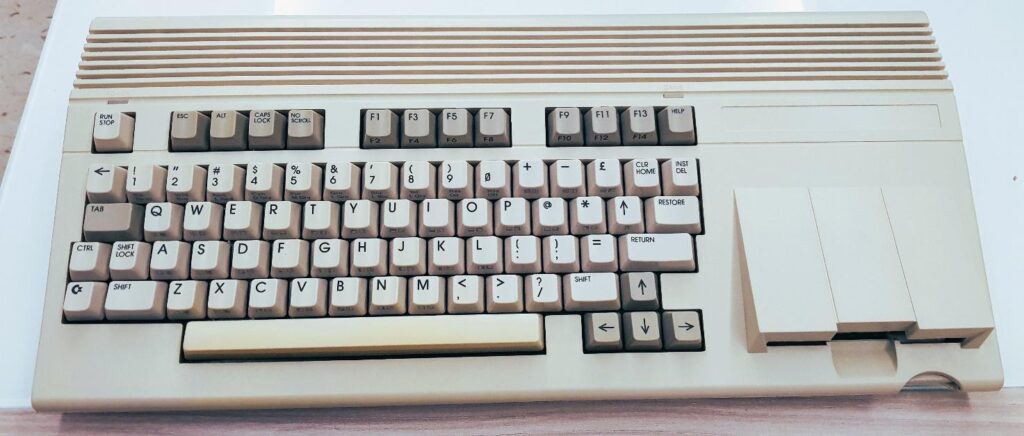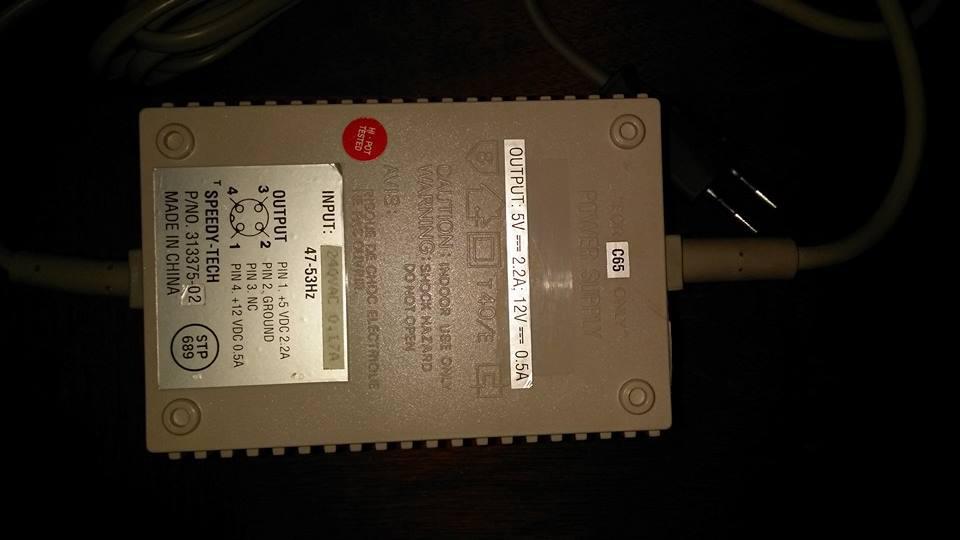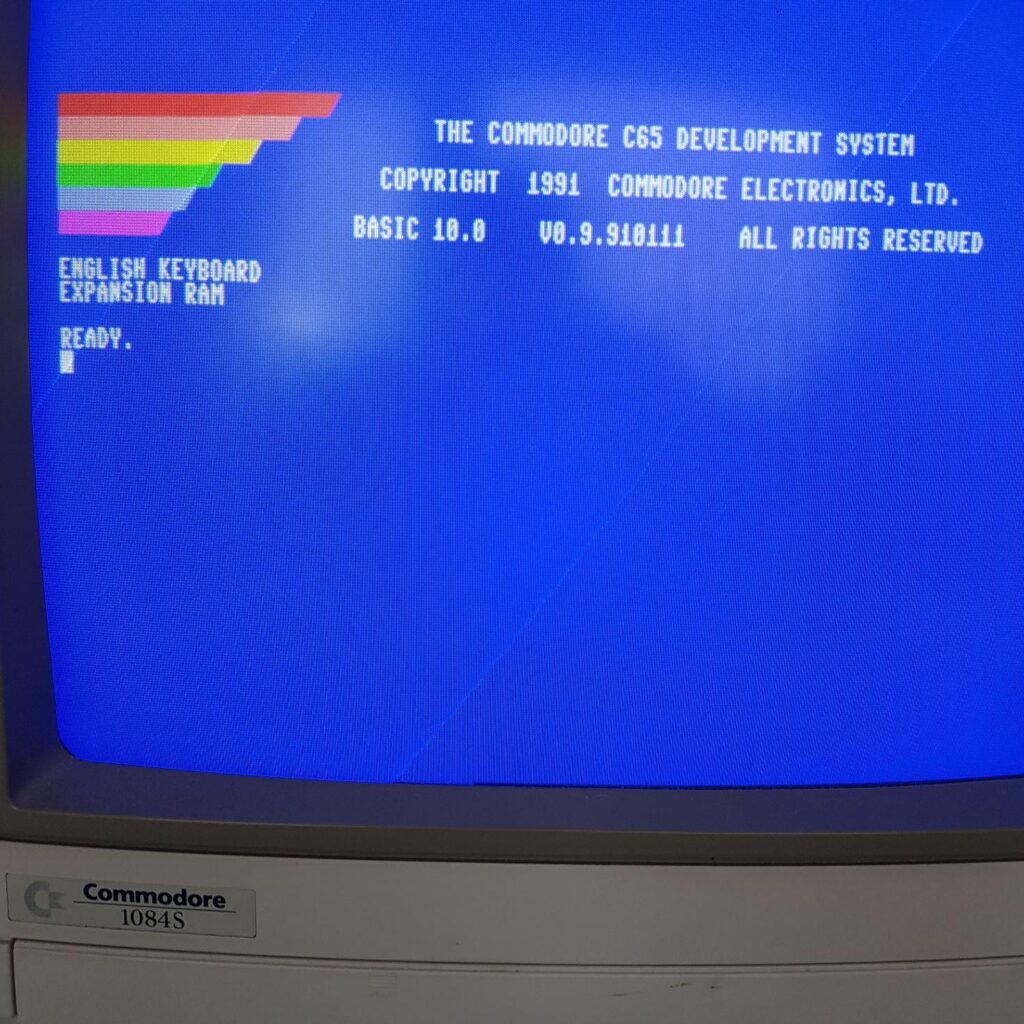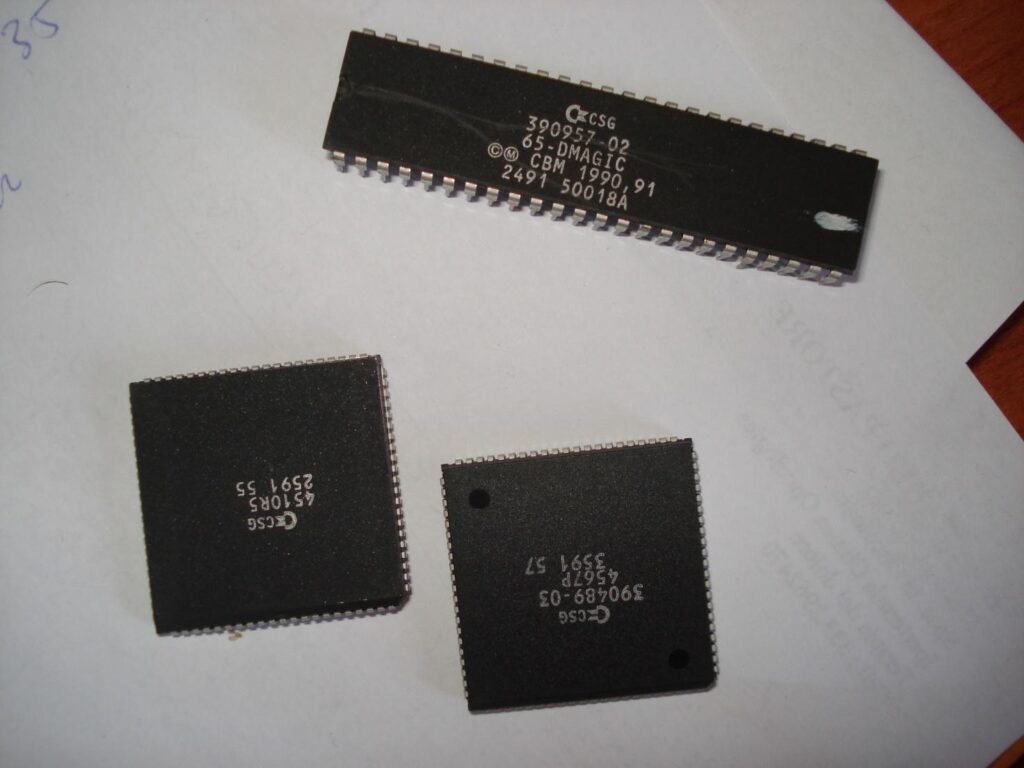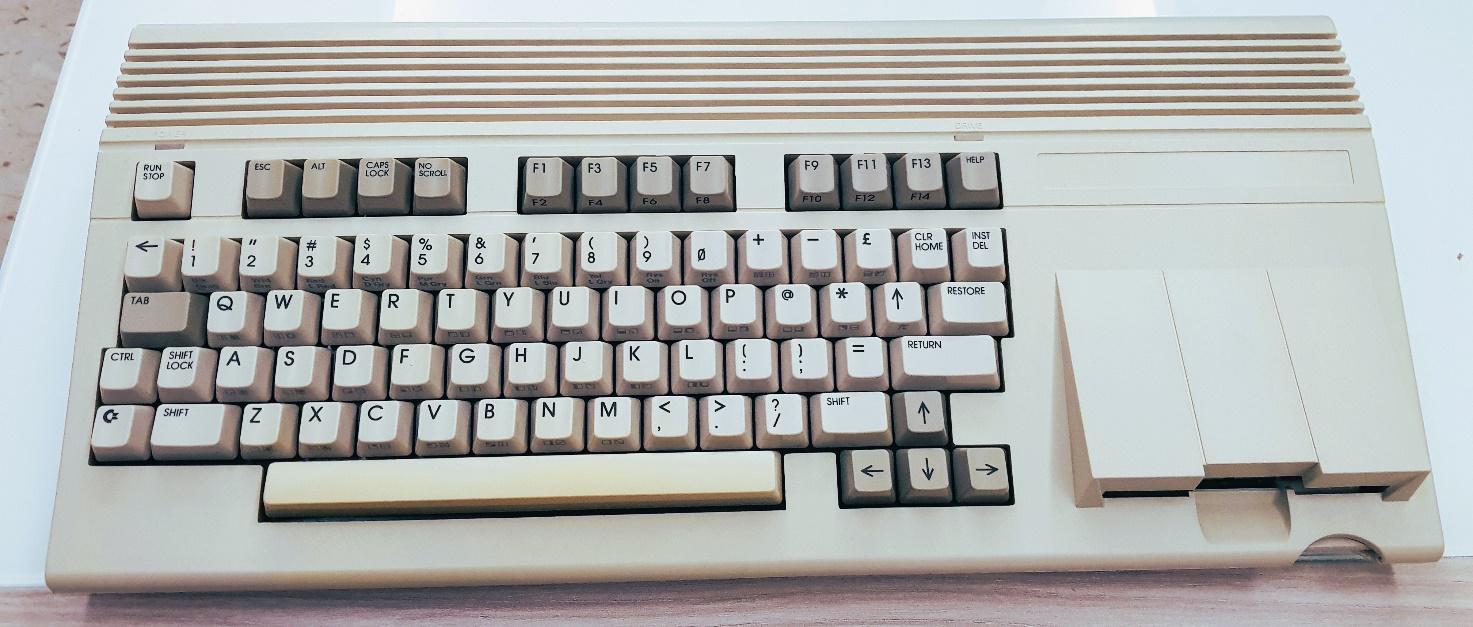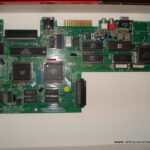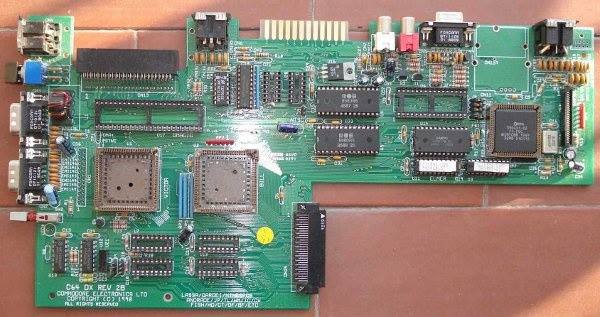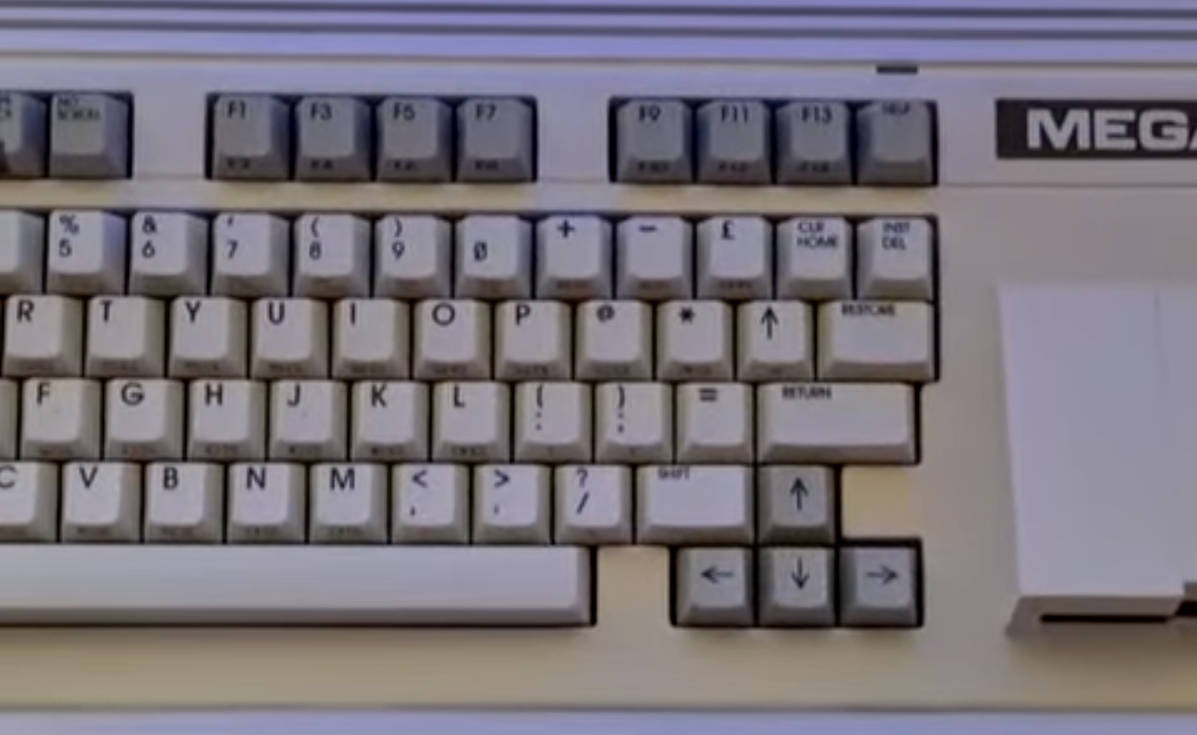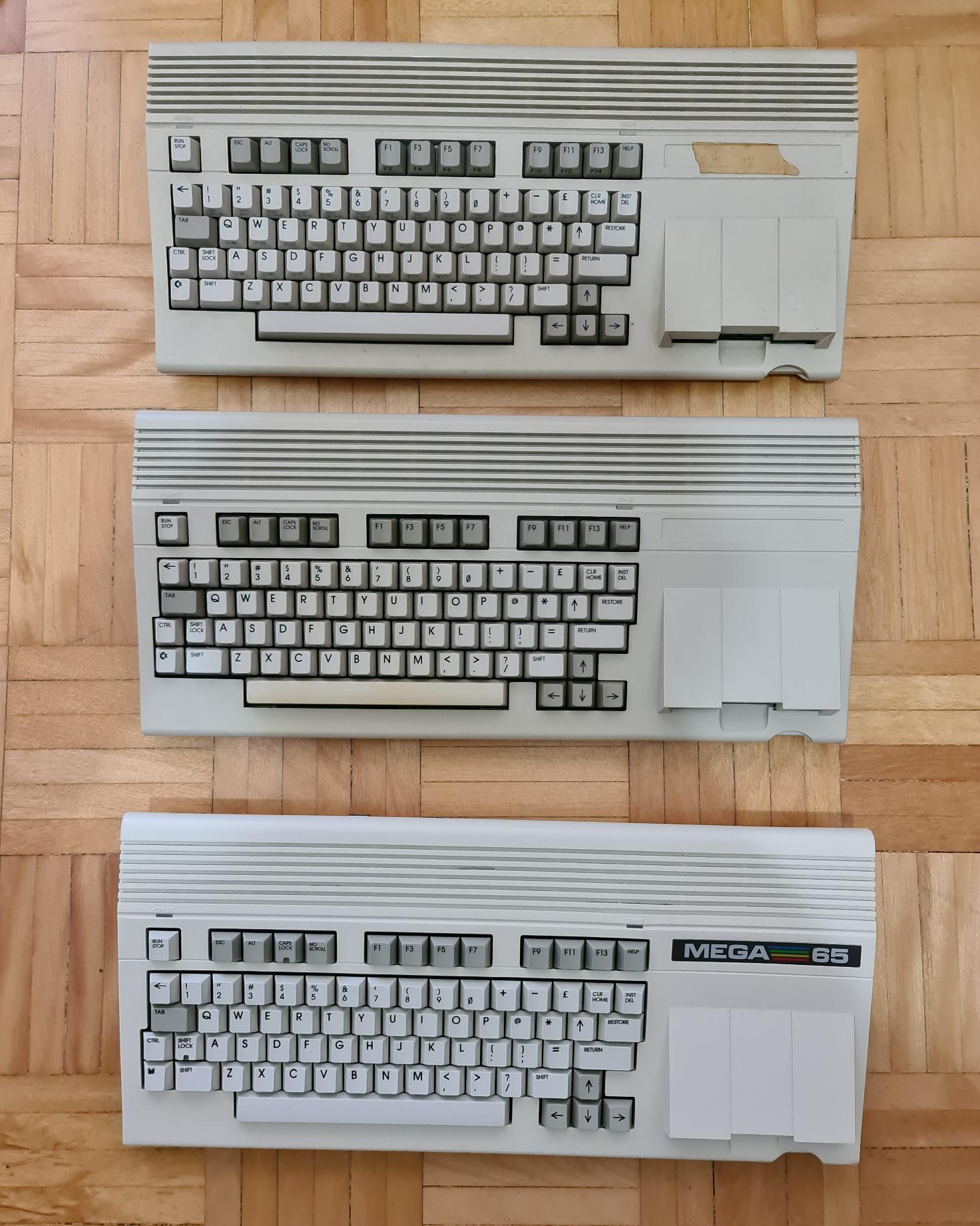- Carlo Pastore
- 0 Comments
- 3187 Views
The year 1982 saw the production of a computer that marked the history of computing and literally invaded homes around the world. Commodore, already a nascent computer electronics giant, put into production a mind-blowing computer for the time with audio – video features never seen before. The Commodore 64 equipped with the ability to move portions of the screen independently with the possibility of collision detection (hardware sprites, up to 8 simultaneously on the screen, and even more with software artifices), high resolution of 320 x 200 pixels, extraordinary audio thanks to the legendary SID chip and, last but not least, a good amount of RAM for the time (64 Kbytes) sold in its life cycle (1982 – 1993) more than 20 million units setting a record unbeaten to this day.
This extraordinary computer attracted the attention of numerous software houses as well as independent developers (let’s not forget that at that time even a single individual in his playroom was capable of producing a commercial title) who produced thousands of valuable video game titles as well as office and small business applications. A global success that nevertheless had to be preserved by representing a very significant economic revenue.
1985 was the year Commodore attempted to give the Commodore 64 a successor by launching the Commodore 128 on the market. Three independent computers in one, with a Commodore 64 that could be accessed from the 128 mode set at startup and a CP/M computer that took advantage of the onboard Z80 processor. To fine completion 128 Kb of onboard RAM and the most advanced Basic of the time on a Commodore machine (Basic 7.0). Was it a success? Not really. Why? In fact, most users employed the Commodore 128 in 64 mode not having an adequate software park for the other two integrated systems. So in fact, always only Commodore 64 dominated the scene and generated value.
After two years, the Commodore 64’s leadership was beginning to falter due to the charge of 16-bit computers, including the wonderful Commodore Amiga. An idea was needed to revitalize the 8-bit market and provide entry-level continuity for the Commodore 64.
1987 thus saw the birth of the idea of the Commodore 65. The computer was to incorporate the possibility of a Commodore 64 emulated mode, but mainly it was to add innovative and outstanding features to the now senescent C64 technology.
First thing to do was to upgrade the hardware but also rewrite the Basic given user complaints about the meager Basic 2.0 with which the Commodore 64 was equipped. From this point of view, Revision 10 of the Basic was arrived at, which resumed with numerous extensions the Basic 7.0 of the Commodore 128. In the early stages of the project they started from the very hardware of the 64, gradually modifying and implementing new functions (at that stage the prototype was called the Commodore 64 DX). The CSG 4510 processor (codenamed Victor) was pushed to 3.54 Mhz versus the approximately 1 Mhz of its predecessor 6510 that equipped the C64 and was derived directly from the CSG 4502 processor that was never brought to market. The GPU, on the other hand, was a CSG 4567 (codenamed Bill) capable of even higher resolutions than the Amiga (!!). The glue between the various elements was the DMagic, a custom chip capable of moving large portions of memory and speeding up the production of on-screen graphics. From the point of view of RAM memory the computer was equipped in the basic revision with 128 Kbytes soldered on the motherboard but with the possibility of increasing it up to the astounding (for the time) size of 8 Megabytes by adding a memory card concealed by the trap door on the bottom of the computer emulating the solution chosen for the Amiga line. The Commodore 65 in its modern and attractive line also included a three-and-a-half-inch floppy drive. The all-in-one solution put the user in a position to immediately load programs from a high-speed, good-capacity medium as soon as the computer was removed from the sales packaging. The chip that controlled the integrated floppy drive logic was onboard. An optional external floppy drive called the 1565 was also planned, which was equally controlled by the chip on the motherboard of the Commodore 65.
The group of engineers involved in the design was unfortunately rather sparse; the prominent personalities were Fred Bowen who would be responsible for writing the Basic 10.0 interpreter and the system’s bios, Victor Andrade (who after leaving Commodore became the designer of AMD’s Athlon CPU), William Gardei who was responsible for designing the video processor, and Paul Lassa designer of the DMagic chip. The small size of the project team led to numerous delays in development. The prototype version was arrived at with a revision 2B motherboard.
A total of 205 prototypes were then produced with that board to be shipped to the various Commodore offices around the world and to software developers for testing. The prototypes still had the incomplete Basic 10 (several tokens pointed to portions of code that were still not implemented and thus returned an error message on the screen), did not have working RF video output, did not have the two active SIDs for stereo sound but only one, and warmed up excessively.
Subsequent optimizations led to a pre-release version 5 board. At that point, when everything seemed ready, the project was cancelled!
How come?
The planned release was Christmas 1990, but by that warm time of year the computer still wasn’t ready; so they preferred to come out with a Commodore 64 refitted in the guise of a console and named the Commodore 64 Game System.
This “console” was in fact a resounding failure; of the 80000 produced, only 25000 were sold. The hardware was the same as that of the standard Commodore 64 (thus dated 1982 and now obsolete) with minor modifications consisting of removing the keyboard and connector on the motherboard, verticalizing the cartridge slot, and modifying the bios to bring an on-screen animation at power-up inviting the user to insert a game cartridge into the appropriate slot. The available games also had only the virtue of virtually immediate loading but no improvements in the vast majority of cases.
Returning to our poor Commodore 65 … the project was finally abandoned in January 1991.
Here many enthusiasts are asking: did it make sense back in 1987 to develop a new 8-bit machine? Perhaps not. But in the case it would have made more sense to compose with the same hardware as the Commodore 65 a game console to be offered on Christmas 1990.
